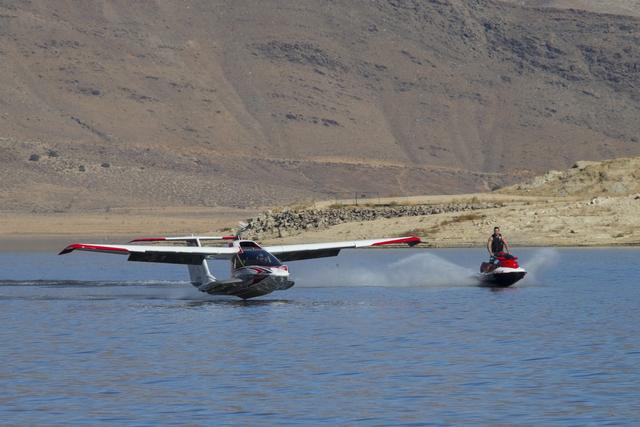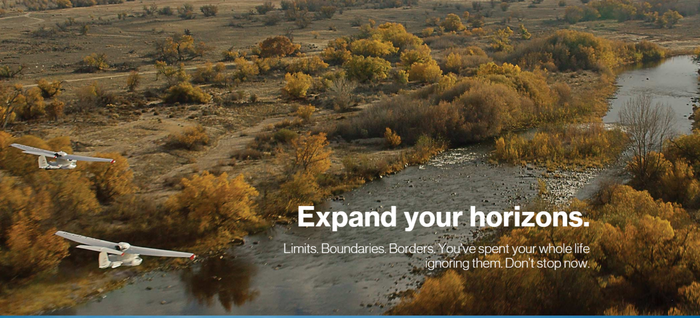Ya know, this new age touch feely stuff really has to stop.
Look, I don't care about feelings, nor does gravity, physics, or blunt force trauma, this isn't "feelings of America" it's "pilots of America" if their family comes into a aviation board looking up the accident, they'd be a fool to expect anything other than aviation related discussion about it, this type of discussion on this type of site is to be expected by anyone.
Second, It's a public accident, it's already made the papers
Now here's the deal, everyone here is discussing things which could be done in a similar situation to PREVENT this type of accident, even if some aspects don't don't directly apply to this accident, we've so far discussed low level wire surveys, box canyons, stalls, and a few other saftey aspects.
If this PUBLIC DISCUSSION saves one person, or even prevents a "oh chit that as close" it's WELLLLLLLL worth any "hurt feeling".
As to those survived, I'd hope they might find solace in knowing something was learned from this and maybe someone might be spared their grief from those hard taught lessons.






